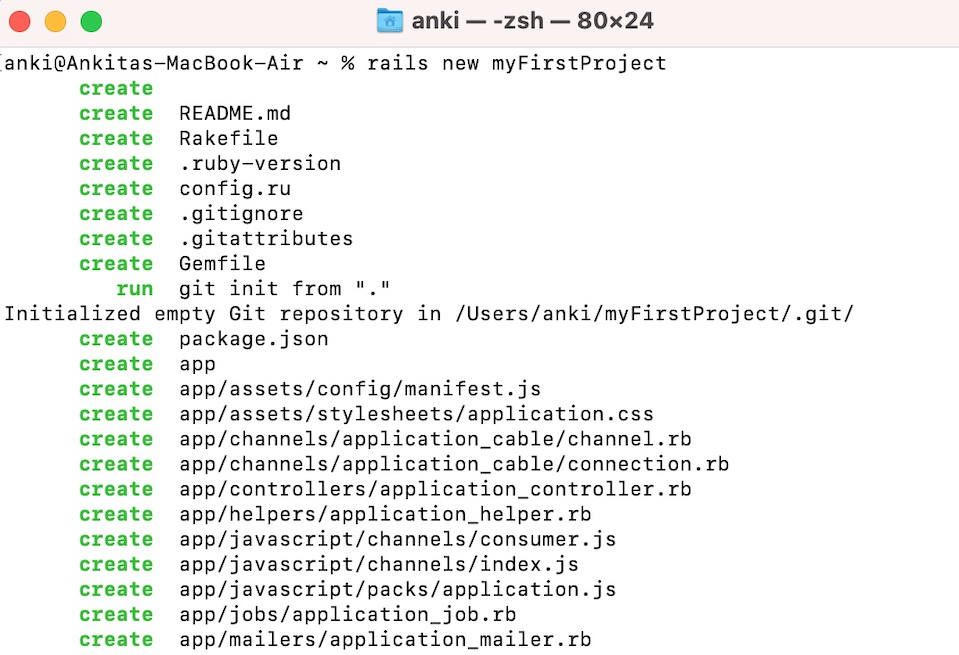Index Surge: Amplifying Your Insights
Stay updated with the latest trends and news across various industries.
Code Like a Rails Rockstar: Tips to Turbocharge Your Development
Unlock your coding potential! Discover insider tips to elevate your Rails development and code like a true rockstar. Turbocharge your skills today!
Mastering Active Record: Best Practices for Efficient Data Management in Rails
Active Record is a powerful part of the Ruby on Rails framework, providing an interface to interact with your database in a way that is both intuitive and efficient. To master Active Record, it's essential to understand best practices that lead to optimal data management. One effective strategy is to utilize eager loading to minimize unnecessary database queries. For instance, using includes allows you to retrieve associated records in a single query, reducing the number of calls to the database. This not only enhances performance but also simplifies your application logic.
Another best practice is to keep your database clean and organized by applying thoughtful migrations and using validations. Migrations should be used to manage changes in your database schema effectively, while validations ensure data integrity before it is saved to the database. Additionally, consider employing scopes to create reusable query methods, which makes your code cleaner and more manageable. By following these guidelines, you can enhance the efficiency of your Active Record usage and ensure that your Rails application is both scalable and maintainable.

10 Essential Gems Every Rails Developer Should Know
As a Rails developer, mastering the right tools can significantly enhance your productivity and the quality of your applications. Here are 10 essential gems every Rails developer should know:
- Devise: A flexible authentication solution for Rails applications.
- Pundit: A simple yet powerful authorization library that helps you manage user permissions.
- CarrierWave: Easily upload files to your application, including images and attachments.
- ActiveAdmin: Provides a robust framework for creating elegant admin dashboards.
Beyond the essentials, understanding these gems can improve code maintainability and enhance user experience. The next gems on our list focus on performance and testing:
- kaminari: A.pagination gem that helps paginate large sets of results effortlessly.
- FactoryBot: A library that simplifies test data generation, making your tests cleaner and more readable.
- Sidekiq: A background job processor that handles asynchronous tasks efficiently, ensuring your app runs smoothly.
- RSpec: A testing tool that provides a readable syntax for writing unit tests, behavior tests, and more.
How to Optimize Your Rails Application for Speed and Performance
To optimize your Rails application for speed and performance, start by ensuring you are using the latest stable version of Ruby on Rails. Each new release often comes with performance enhancements and bug fixes that can significantly improve your application's efficiency. Consider employing techniques such as caching to reduce database load and response times. Implement fragment caching or action caching, which allows you to store parts of your views or entire actions, making your application much more responsive. To further enhance performance, utilize tools like Rack::Cache for low-level caching options.
Another critical aspect is minimizing database queries. Use the ActiveRecord features wisely, such as select to fetch only the columns you need instead of loading entire objects. Additionally, apply eager loading to prevent N+1 query issues, which can severely affect your application’s speed. Finally, consider deploying a Content Delivery Network (CDN) to quickly serve static assets, reducing load times for users across different geographic locations. By implementing these strategies, you can ensure that your Rails application runs efficiently and provides a faster user experience.